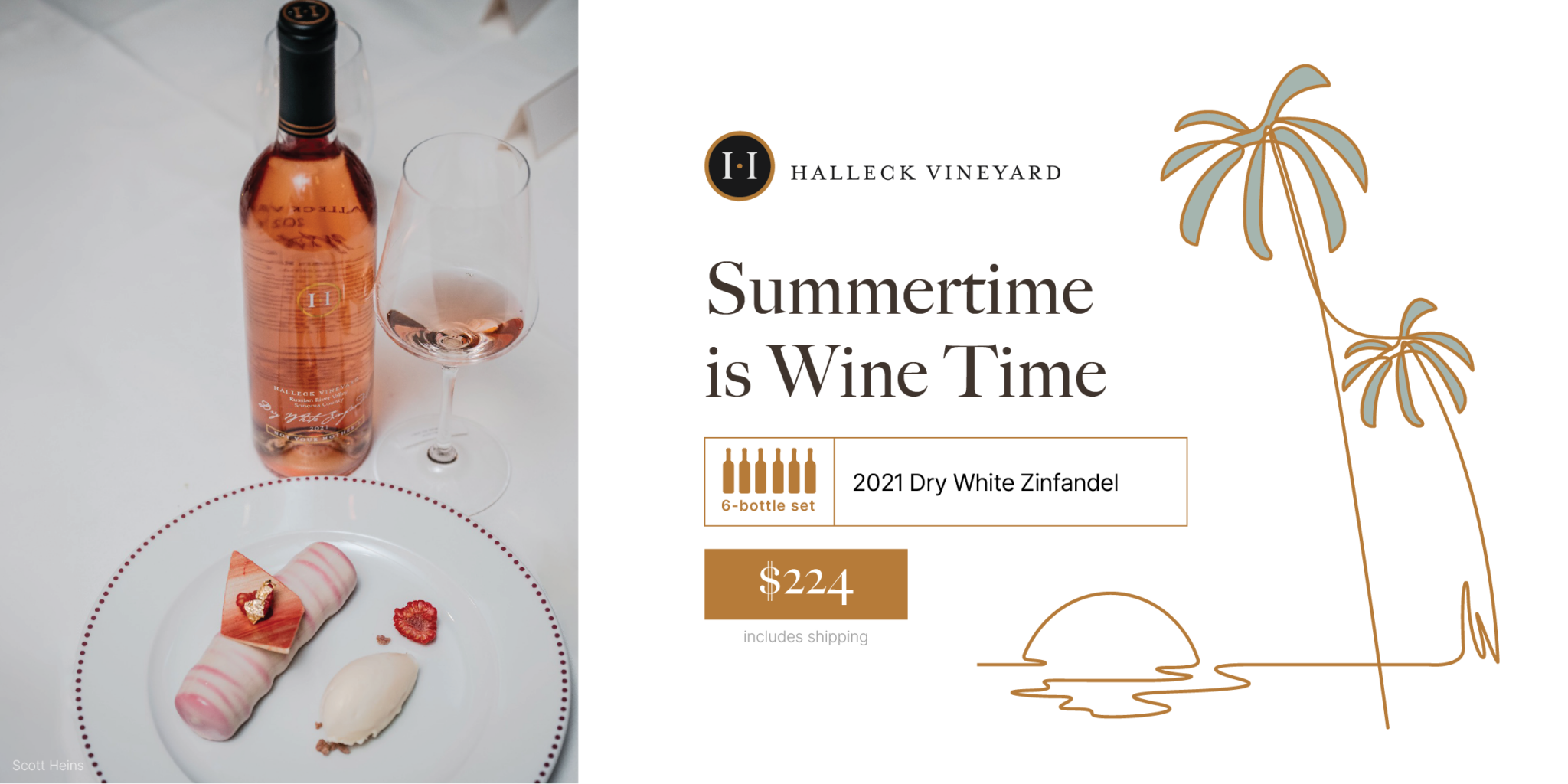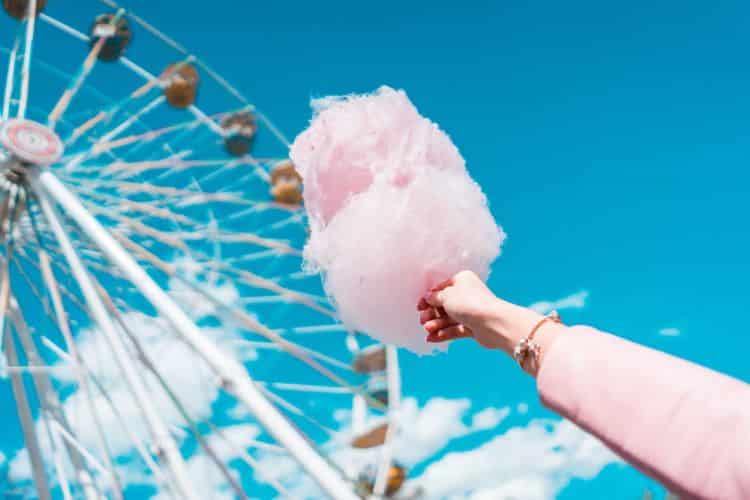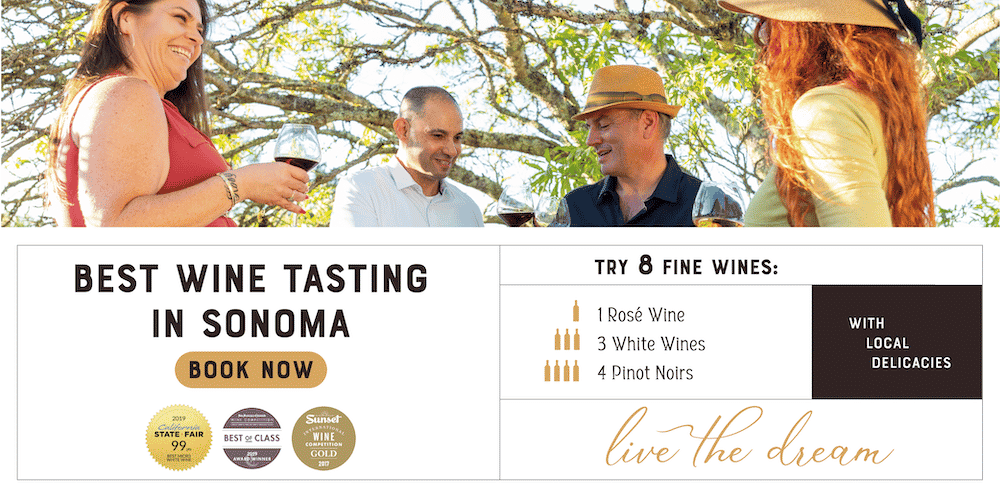Is White Zinfandel Sweet? How to Find the Right White Zin for You
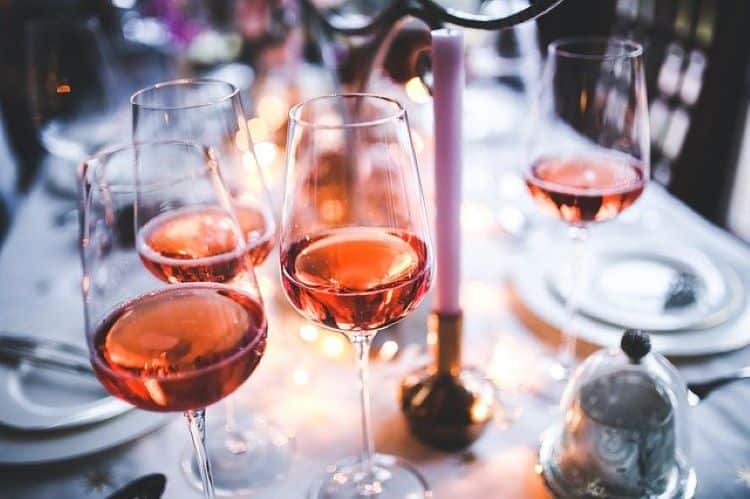
You may be surprised to learn that White Zinfandel is an incredibly diverse varietal. This charming pink wine can be anywhere from remarkably sweet to refreshingly dry. In fact, some White Zinfandel wines can even be a trendy rosé replacement for your champagne toast!
Many wine drinkers have turned up their noses at White Zinfandel over the years.
But is that attitude really deserved? We believe not (and we think you’ll agree!).
Sure, White Zinfandel has had a reputation — and a quite negative one — of being cloyingly sweet. But, in reality, many expressions of White Zinfandel are crisp and bright with not a hint of that syrupy sweetness.
In fact, it’s increasingly becoming a new favorite among dry white wine enthusiasts.
So, how is one to know if their White Zinfandel is sweet or dry? And, why are some White Zinfandels so sugary in the first place? Let’s take a look at all the sweet little details that make White Zinfandels so unique in the world of wine.
What is White Zinfandel anyway?
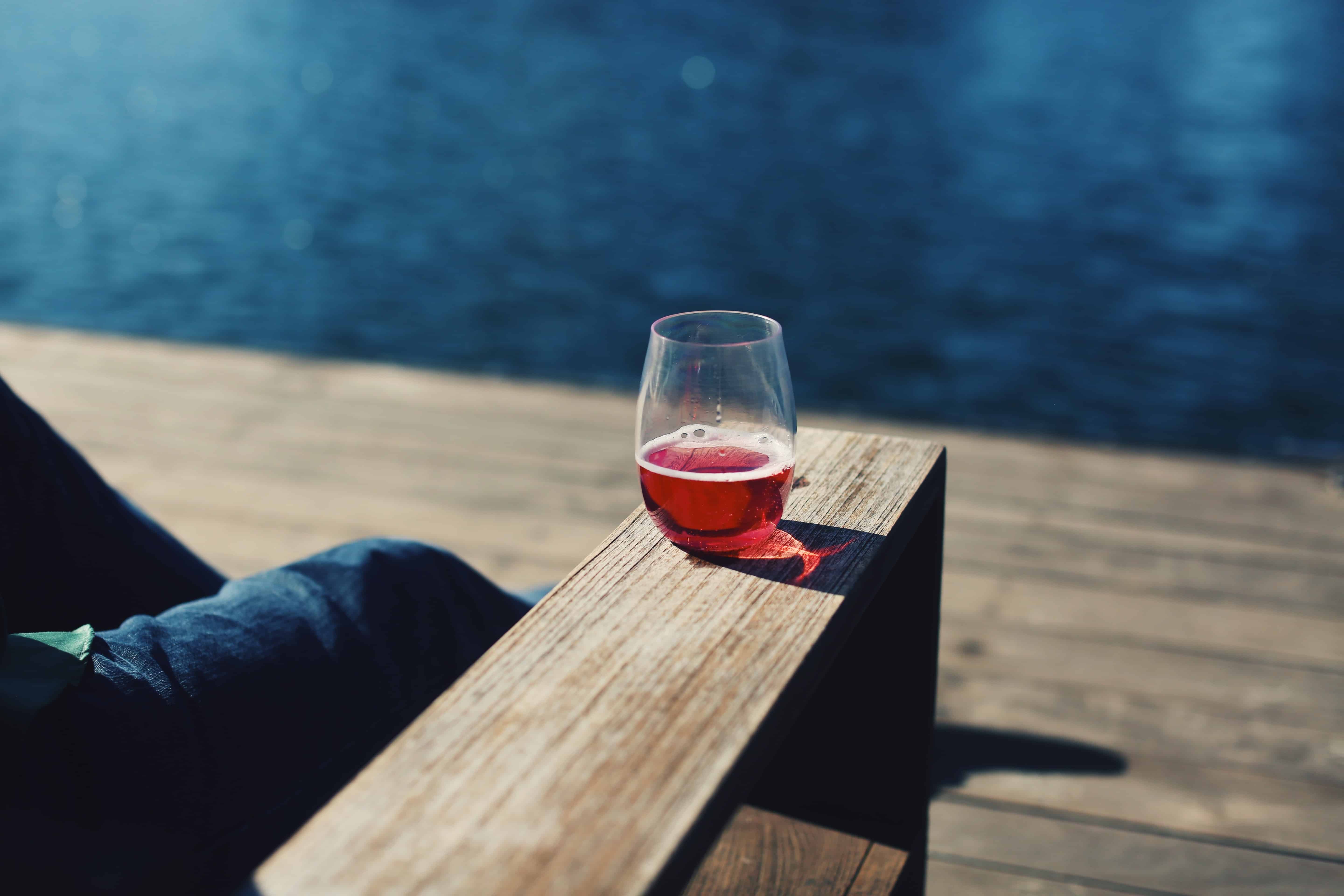
Before we dive into a matter of taste, it would be best to ensure you know what a White Zinfandel wine actually is (especially as it has been so misrepresented over the years.)
So, what is White Zinfandel wine?
Let’s clear the air. White Zinfandel is not a white wine at all — it’s a rosé.
That’s right! The pretty blush pink wines that are all over everyone’s Instagram feeds and the belle of every weekend brunch are in the exact same family as White Zins.
Rosé wines (including White Zinfandels) are made with the “skin contact method.” This means that the skins of the freshly pressed grapes are only left in with the juice long enough to impart just a hint of color. This is typically a time period of somewhere between two to twenty hours.
Rosés come in a range of shades — from palest blush to deepest plum — depending on the type of grape, and how long the juice is left to sit with the skins.
White Zinfandel wine is made using Zinfandel grapes. These grapes have very deep blue-black skins and impart fabulous fruity and floral flavors to the wines made from them. As you may have guessed, they are the same grapes used to make Red Zinfandel wine, the bold, high-tannin red that goes great with every BBQ.
The only difference between a classic Red Zinfandel and most White Zinfandels is that the former has been left to sit with the grape skins for longer. This affects both the color and the flavor of the wine.
While the red is deep and brooding and bold, the rosé is refreshing and bright.
In fact, White Zinfandel is not all that sweet on its own. When left to its own devices, White Zinfandel wine is quite dry, like many other rosé wines. Winemakers have simply chosen to make White Zinfandel sweet over the years.
So why do other rosés have such a positive reputation, and White Zinfandel such a negative one?
To be honest, we think it has a lot less to do with taste and a whole lot more to do with marketing.
Why is White Zinfandel sweet?

White Zinfandel became sweet by accident. And, if we’re being perfectly honest, the wine itself came about by chance!
It all started with one winery in the Napa Valley in 1948. Bob Trinchero and his team at Sutter Home Winery were trying to make their Red Zinfandel wine even deeper and bolder by bleeding out some of the juice. This would allow the Zinfandel grape skins to work their magic with the remaining liquid.
Unfortunately, now the team had 500 gallons of excess liquid — and no idea what to do with it.
Instead of throwing all that money down the drain, Bob Trinchero decided to sell the wine as a rosé. However, because of the “fiasco of Faisca” at the time, Trinchero was worried people wouldn’t react well to a new rosé. Instead of marketing it under that name, he created a new name: White Zinfandel.
It wasn’t until the 70s that the White Zinfandel we know came about by a fortuitous accident. While making a batch of White Zinfandel wine one day at Sutter Home, Stuck Fermentation occurred.
Stuck Fermentation is a chronic issue that can affect even the most talented of winemakers. One of the most critical components in winemaking — besides the grapes of course — is the yeast. Yeast is what causes the fresh grape juice to ferment, just as it helps barley turn into beer.
Alas, yeast can be quite fickle.
If the conditions are too hot, the yeast is too old, or even if the water content isn’t just right, the yeast might not cooperate as they should.
Stuck Fermentation occurs when the yeast organisms die before they have finished turning the fruit sugars in the grape juice to alcohol.
Now you may be thinking that would make for a very low alcohol content. But, while White Zinfandel is on the lower end of the scale, it still has just as much alcohol content as a Prosecco or a Reisling and is very much a wine in its own right.
The unfinished fermentation process does, however, lend to a sharp increase in sweetness. Thus resulting in a sweet and often cloying wine.
Usually, the Napa Valley has the perfect conditions for winemaking, but perhaps that fateful day in the 70s was unseasonably warm. Whatever the reason, the fact remains that Stuck Fermentation occurred at Sutter Home Winery that day.
And the rest was rosé-tinted history.
White Zinfandel: a sweet sensation
If you were to ask, “is White Zinfandel sweet?” the answer would often be yes.
That’s because, in the 80s, the popularity of super-sweet White Zinfandel skyrocketed. It was affordable, accessible, and easy to mix and drink. It was often seen as the official cheap spritzer wine, the “box wine,” and as a set of training wheels for people developing their wine palate.
This hype is also what did White Zinfandel in.
Many wine connoisseurs considered it to be a cheap afterthought and not a “serious wine.” They chose instead to look to other more dry and robust rosé options.
Many more found that White Zinfandel was TOO sweet (and resulted in nasty hangovers) and so slowly it began to fall from grace.
But how sweet is White Zinfandel exactly? Is White Zinfandel sweet enough to be considered a dessert wine?
Most would say NO.
Is White Zinfandel a dessert wine?

While in the UK, dessert wine is considered to be any sweet wine drink with a meal — in which case White Zin would fit the bill — in the US, dessert wines cannot be classified as such unless it has an alcohol content of more than 14%. White Zinfandel has a much lower percentage than that on average (usually from 9%-12%) although the rare and special White Zinfandel does reach 14% ABV.
Additionally, while rosé relies on the process of Stuck Fermentation for its signature sweetness, there are many different processes winemakers use to create dessert wines.
Dessert wines also go through a process called “arresting”, where the active yeast in the varietal is brought to a halt. This leaves the wine sweet rather than dry, but also, lower in alcohol. To make up for the lower alcohol volume, the wine is fortified with extra alcohol, which not only amplifies the sweetness but the alcohol content, too.
When compared to an “official dessert wine,” White Zinfandel has not been fortified, is less sweet, less strong, and easier to consume. White Zinfandel wines also pair much better with savory, spicy, acidic, and creamy food.
So now that we’ve discussed why White Zinfandel is sweet, and just how sweet it is…where, why, and how did White Zinfandel wine become dry?
Why is White Zinfandel dry once more?
We can thank the newfound popularity of rosé wine for the re-imagination of White Zinfandel. After all, what is White Zinfandel if not a rosé?
Rosé wines are all the rage for a multitude of reasons. They are:
- Super versatile – Rosés are usually less heavy than reds and brighter than whites, making them the perfect middle ground for most meals (and for the palates of most wine drinkers).
- Very affordable – Rosé wines have been one of the most consistently affordable wines on the market with a plethora of fantastic options for less than $30 a bottle. It makes it an easy choice for stocking the pantry before a party.
- Easy to mix – There are a huge variety of tasty cocktail options you can make with rosés. From gin, bourbon, rum, or cognac to a simple and refreshing Frosé slushie, rosé wines play well with everything.
- Oh-so-pretty – Who can say no to that pretty Millennial Pink sitting on their table or in their freshly-manicured hands? Not us.
With all these lovely things to say about rosés, it was time to revamp both the White Zinfandel taste and image.
A few winemakers in Napa and Sonoma County (including ourselves) decided to go back to White Zinfandel’s roots in order to propel it into the future. We wanted a White Zinfandel that would appeal to modern rosé and white wine drinkers.
Something fresh.
Something dry.
Something unexpected from a pretty pink drink.
And thus, the new White Zin was born. Zesty and sassy with notes of citrus flowers and red berries, the modern White Zin isn’t at all like its syrupy predecessors.
So, if you were once someone who turned up their nose at White Zinfandel, or assumed it wasn’t for you, take another hard look. We named it Not Your Mother’s Dry White Zinfandel for a reason!
How to find the perfect White Zin for you
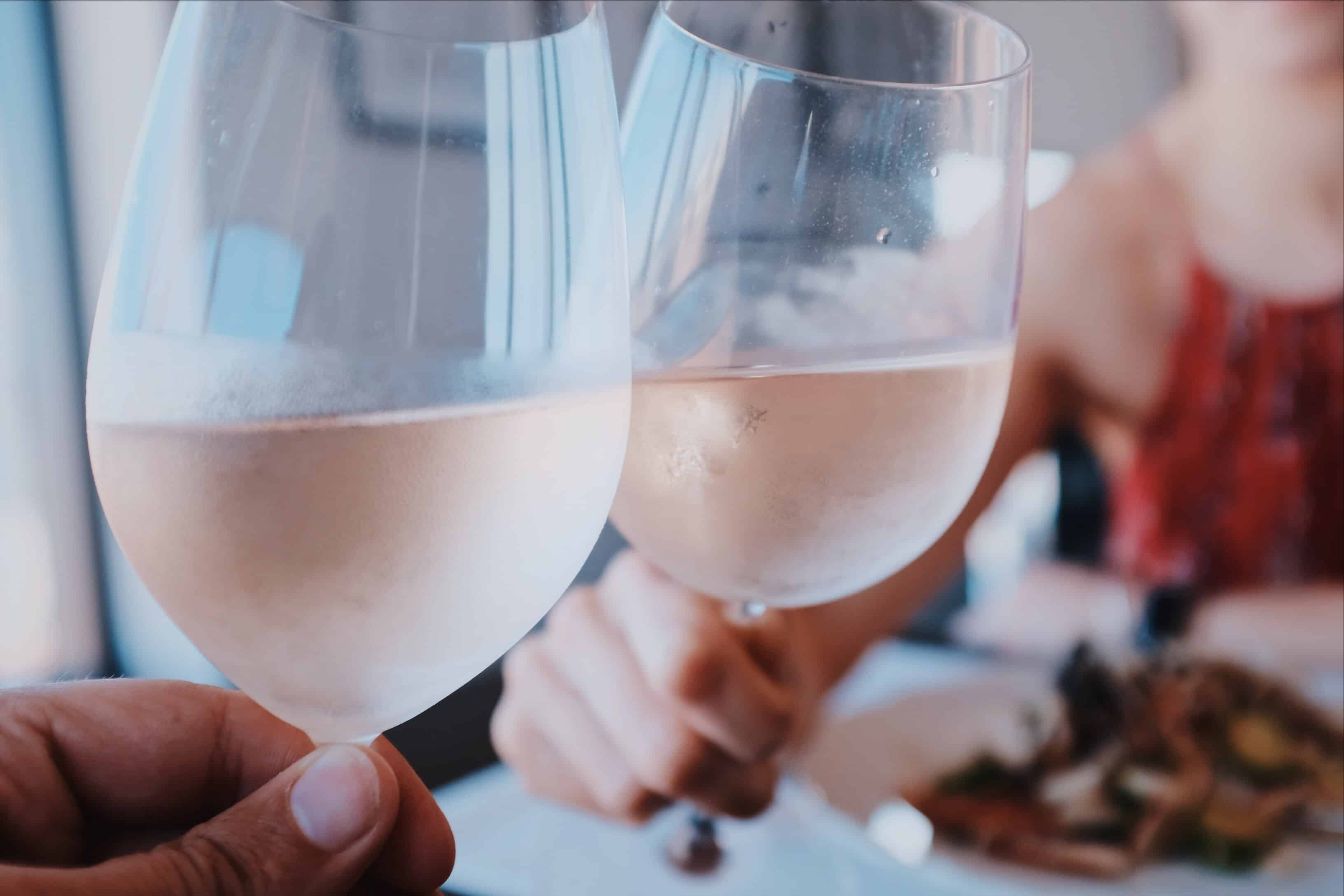
With such a huge range in sweetness, it now becomes more of an issue just trying to find the White Zin that suits you best.
If you are looking for a White Zinfandel that is sweet, search for one with low acidity levels. Any acidity in the wine will start to counterbalance the sweetness and make it appear drier.
Your sense of smell also greatly affects your perception of a wine’s sweetness. However, if a wine smells sweeter it does not necessarily taste sweeter. One starting point can be to look for a very “aromatic” wine with sweet floral aromas.
But you’ll also want to check how much residual sugar is in your bottle of wine.
Residual sugar is how much sugar is left over after the alcoholic fermentation process has finished and is a great way to tell just how sweet your wine will be. The higher the number, the greater the chance that your White Zinfandel is sweet. Noticeably sweet wines will start at around 35 grams per liter, and go up from there.
If you’re looking for the best dry white zinfandel, you can’t go wrong with our very own 2019 “Not Your Mother’s” Dry White Zinfandel.
Full of floral notes and delicate fruit undertones, this refreshing White Zin has just enough crisp acids to help it balance well with heavier, creamier, or spicy foods. And, the beautiful flavors of cherry, strawberry, and rose petals make it delightful to sip on its own.
Whether you’re looking for something sweet or something dry, there is a White Zinfandel for everyone.
This versatile rosé wine works well to please both white and red wine drinkers and is easy to pair with any meal in any season. So break out a glass because the modern White Zinfandel is all grown up and here to stay.
Wine Events Calendar
African Safari: Wine & Wildlife Expedition
Join Sonoma vintner Jennifer Halleck on an unforgettable journey to Africa, where you will explore the wonders of this vibrant continent and share your passion for wine with fellow enthusiasts.…
Read More2023 Harvest Party
Library Tasting, Fresh Oysters, Buffet Lunch, and Live Music…
Read MoreWine Tasting & MLB Baseball: Giants vs Rockies
JOIN HALLECK VINEYARD AT THE BALLGAME!
JULY 8TH
IN THE BASELINE BOX AT ORACLE PARK, SAN FRANCISCO
Watch the game from this dugout at 1st base while enjoying Halleck Vineyard wines with Ross,…
Read MoreRecent Posts
Is Rose Wine Sweet? (Rosé Wine Sweetness Chart)
Is Rose wine sweet? The truth is, that depends. Rosé wine can be sweet or dry depending on the production method used. With the wide variation of styles and methods,…
Not Your Mother’s Wine: 3 Reasons You’ll Love Dry Rosé Wine
Wine shops used to be divided neatly into a red wine section and a white wine section. It used to be that rosé wine was a niche,…
A Guide to White Zinfandel Wine: History, Tasting Notes, and Pairing Tips
White Zinfandel wine is a very versatile drink that often gets overlooked by both casual and more experienced wine drinkers due to its former reputation...


